 Image 1 of 1
Image 1 of 1


Frozen Currents
Across the frozen breadth of Gap Lake in Alberta’s Canadian Rockies, wind has written its own script. Fine streaks of snow curl and taper across the ice, delicate as brushstrokes. Each sweep bends toward the distant rise of Mount Lougheed, its ridgelines gathering the last color of day—amber, rose, and faint violet fading into the clean cold of evening. For a few quiet minutes, the mountain glows as though lit from within, its layered slopes catching fire before surrendering to shadow. The lake mirrors that transformation, shifting from gold to blue to glassy dusk, the surface breathing light back into the air.
Silence takes on a texture here. The only movement comes from snow skimming across the ice in silver trails, and the soft hum of wind passing through frozen reeds at the shore. Shadows lengthen and merge, tracing the geometry of the lake’s surface until the landscape feels less seen than remembered. The air holds a scent of pine and cold stone, sharp and clean—the kind of winter air that both bites and clarifies. Each sound is distant, deliberate: a faint crack in the ice, a whisper of snow grains shifting under invisible motion.
Viewed from above, the composition feels orchestral—mountain as refrain, wind-script as rhythm, light as melody. There’s restraint in the frame, a deliberate quiet that lets form and texture carry the emotion. What emerges is a portrait of motion paused: the wilderness caught mid-gesture, graceful even in its stillness.
Frozen Currents captures that fleeting dialogue between light and wind, a conversation too soft to hear but deeply felt. It’s the story of winter as written in breath and line—where the cold becomes a kind of poetry, and time itself slows to listen.
Across the frozen breadth of Gap Lake in Alberta’s Canadian Rockies, wind has written its own script. Fine streaks of snow curl and taper across the ice, delicate as brushstrokes. Each sweep bends toward the distant rise of Mount Lougheed, its ridgelines gathering the last color of day—amber, rose, and faint violet fading into the clean cold of evening. For a few quiet minutes, the mountain glows as though lit from within, its layered slopes catching fire before surrendering to shadow. The lake mirrors that transformation, shifting from gold to blue to glassy dusk, the surface breathing light back into the air.
Silence takes on a texture here. The only movement comes from snow skimming across the ice in silver trails, and the soft hum of wind passing through frozen reeds at the shore. Shadows lengthen and merge, tracing the geometry of the lake’s surface until the landscape feels less seen than remembered. The air holds a scent of pine and cold stone, sharp and clean—the kind of winter air that both bites and clarifies. Each sound is distant, deliberate: a faint crack in the ice, a whisper of snow grains shifting under invisible motion.
Viewed from above, the composition feels orchestral—mountain as refrain, wind-script as rhythm, light as melody. There’s restraint in the frame, a deliberate quiet that lets form and texture carry the emotion. What emerges is a portrait of motion paused: the wilderness caught mid-gesture, graceful even in its stillness.
Frozen Currents captures that fleeting dialogue between light and wind, a conversation too soft to hear but deeply felt. It’s the story of winter as written in breath and line—where the cold becomes a kind of poetry, and time itself slows to listen.
